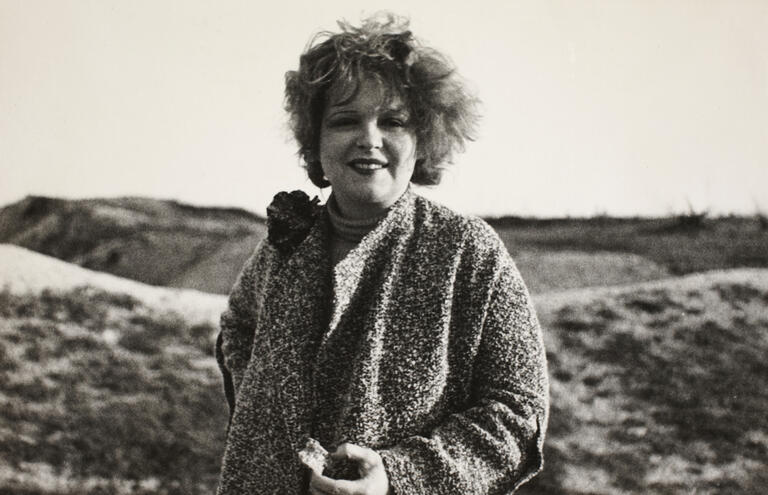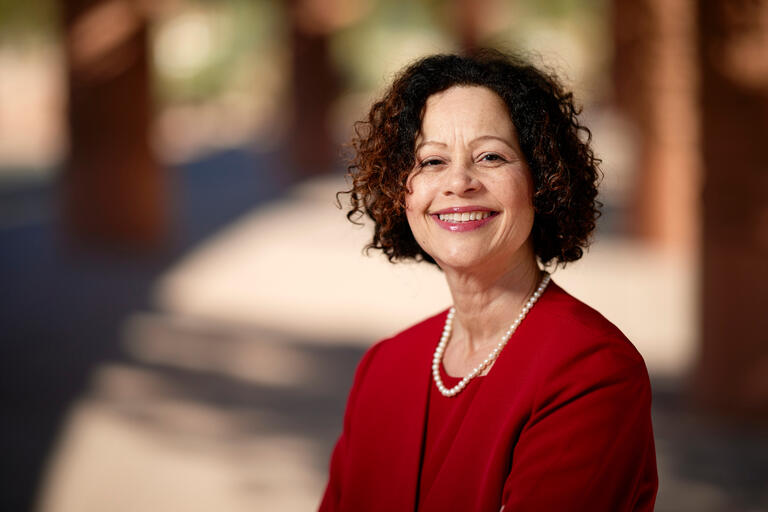Lung-Wen Antony Chen (Environmental and Occupational Health) and collaborators recently published an article, "Spatial and Temporal Variability of Brown Carbon in United States: Implications for Direct Radiative Effects," in the journal Geophysical Research Letters. Brown carbon aerosol from wildland fires represents one of the major challenges in forecasting climate change. This study combines ambient observations across the U.S. and advanced modeling techniques to address the issue. Their assessment shows brown carbon absorbs lights more significantly at northern high latitudes than at midlatitudes in spring and summer, due to boreal fire emissions, long atmospheric lifetimes, and high surface albedos. These findings help explains accelerated climate change in Alaska and the Arctic regions.


